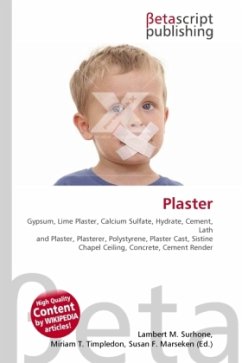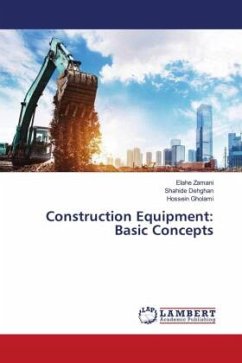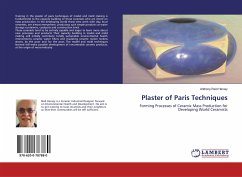High Quality Content by WIKIPEDIA articles! The term plaster can refer to plaster of Paris (also known as gypsum plaster), lime plaster, or cement plaster. This article deals mainly with plaster of Paris / gypsum plaster. A large gypsum deposit at Montmartre in Paris is the source of the name. When the dry plaster powder is mixed with water, it re-forms into gypsum. Plaster is used as a building material similar to mortar or cement. Like those materials plaster starts as a dry powder that is mixed with water to form a paste which liberates heat and then hardens. Unlike mortar and cement, plaster remains quite soft after drying, and can be easily manipulated with metal tools or even sandpaper. These characteristics make plaster suitable for a finishing, rather than a load-bearing material.
Bitte wählen Sie Ihr Anliegen aus.
Rechnungen
Retourenschein anfordern
Bestellstatus
Storno








